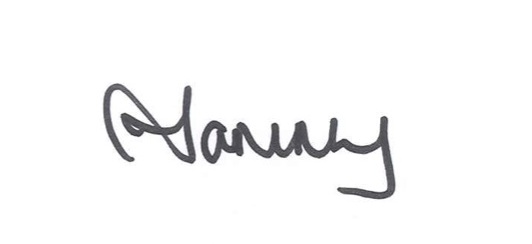The headlines screamed- Gretchen Carlson says don’t go to HR if you’ve been harassed.
“HR are part of the system; they won’t be looking out for you”.
I’m indignant!
As a career HR professional, with over 20 years working in businesses and 7 in my own business investigating other organisation’s bullying and harassment complaints, my first reaction was indignation.
I know how hard many HR practitioners work to get encourage employees to report bullying and harassment and then support them through it.
What is HR there for these days though?
But the role of HR has changed substantially. The days of HR being an employee advocate have gone. HR is there to minimise risk, ensure legal compliance and provide the relevant tools and insights to develop and enable the organisational strategy.
So what happens if an employee puts in a bullying and harassment complaint?
In theory, this still all works out ok.
An employee puts in a bullying or harassment complaint; HR has a duty to minimise risk to the business – so properly investigating the complaint minimises risk and ensures the business is in as good a position as possible from a legal perspective.
Properly investigated and resolved complaints are good for employee morale and engagement.
Employees take notice of what happens to other people – both the good and the bad.
So, what’s the problem?
The problem arises when the person against whom the complaint is made has significant organisational power and influence, or is so fundamentally valuable to the organisation that to explicitly acknowledge the behaviour would cause bigger problems than a simple harassment or bullying complaint.
So, I think Gretchen is right. There can be a conflict for HR and managing a complaint.
Even if HR does privately agree with the complainant (and often the complaint is against a serial offender), they are sometimes limited to what they can do by organisational/leadership positions.
Toe the party line. Protect the organisation. Even if that means that an employee or two is expendable.
And then there’s the wider issue of complaints that don’t even make it to HR – the ones that are dealt with “informally” by line management (anecdotal evidence suggests this is actually the norm and that most employees report to someone other than HR).
What does the law say?
The Fair Work Commission says that bullying occurs when a person repeatedly behaves unreasonably towards a worker and that behaviour creates a risk to health and safety.
The repeatedly bit is clear, but the rest can be so nebulous. What is unreasonable behaviour and when does it create a risk to someone’s health and safety? Despite definitions, and case law, and examples of what is and what isn’t bullying and harassment – it’s still subjective and so very personal.
A person can behave in the same way to two people – one of whom makes a complaint, one of who laughs it off. Sadly, it often becomes about the person making the complaint: are they just a bit oversensitive; rather than the behaviours of the person against whom the complaint is made.
Add to this a perception that we’ve all just become a bit too soft, and a bit too politically correct and that no one can take a joke anymore.
Some real life experiences
Employees are loathe to report incidents because they see what happens when others do. And they’re even less likely to report as a bystander. Here’s just a sample of comments from a recent survey on the experiences of employees who experienced bullying and harassment in the workplace:
- Bullying and harassment can paralyse you, wreck your confidence and affect your health. It is traumatic.
- If you experience feelings of distress and not being able to function in your job, then I believe that something is not right
- The whole situation was awful!
- I wish I knew then what I know now.
- All companies, regardless of size, need proper structures in place for HR support for their staff.
- I got the feeling everyone is encouraged to deal with it themselves. Less than two months after this particular incident the perpetrator did something similar to another employee, in front of 20+ people. Still no action taken.
- Governments departments are toothless tigers unfortunately and their investigations are extremely inadequate.
- Don’t ever apply for a job with X.
- Small businesses (under 100 employees) can do whatever they like with no care for employees.
Despite decades of anti harassment and bullying policies and training, we’re not winning the war on changing behaviours. And we’re leaving a trail of traumatised employees in our wake.
Who do we want to be?
I don’t think it’s all about HR – although they certainly have place in helping the organisation set the tone around acceptable and appropriate behaviours. It’s not just about complying with the law, although of course organisations must do that.
Ultimately, it is more about the sorts of organisations we want to have going forward. What we expect of our leaders. What sort of culture we want to be known for. And whether we believe the evidence that the ways that we interact with each other impacts on how profitable, efficient and productive our organisations are.

Perhaps then we’ll stop seeing these sorts of headlines.
Want more?
If you would like to discuss how I could help you build your organisational culture, get in touch.
And if you’re still hungry for more on being a great leader, you can find my leadership book here.
Until next week, happy leading.


